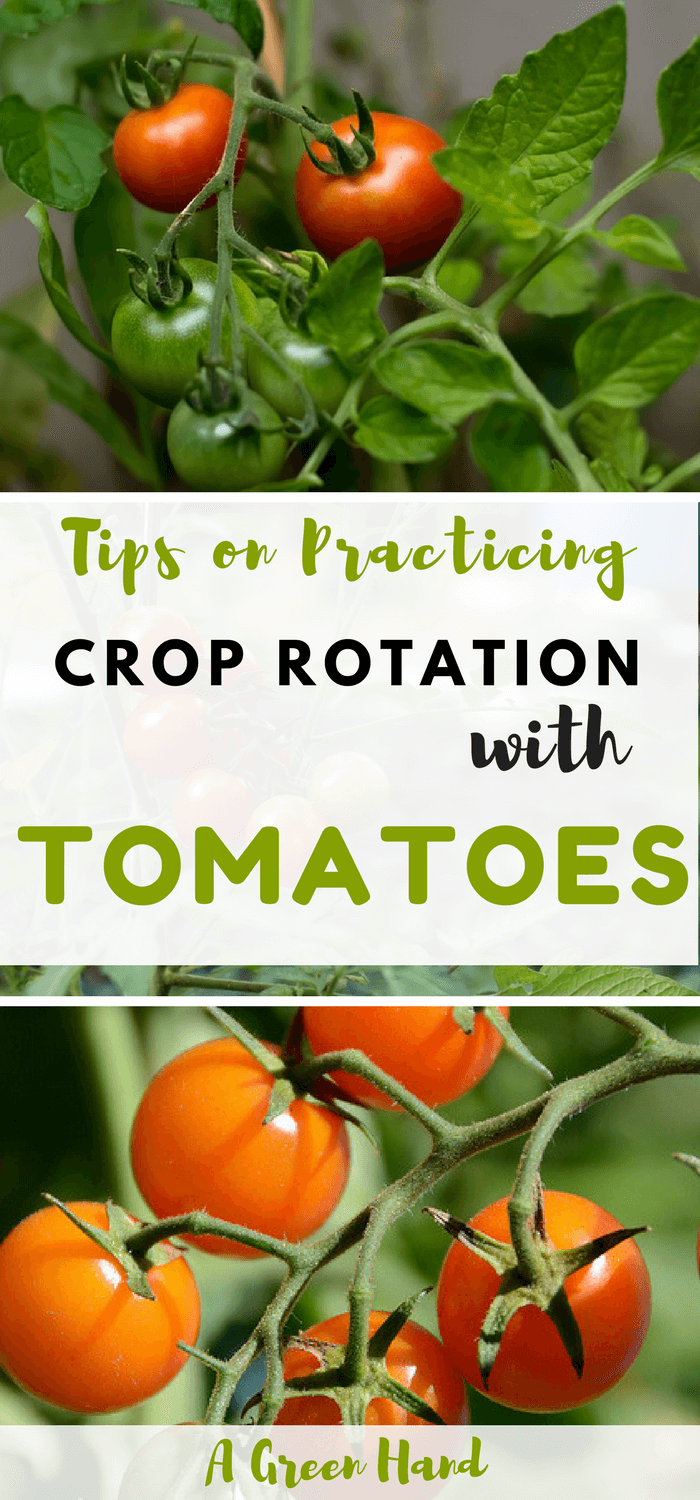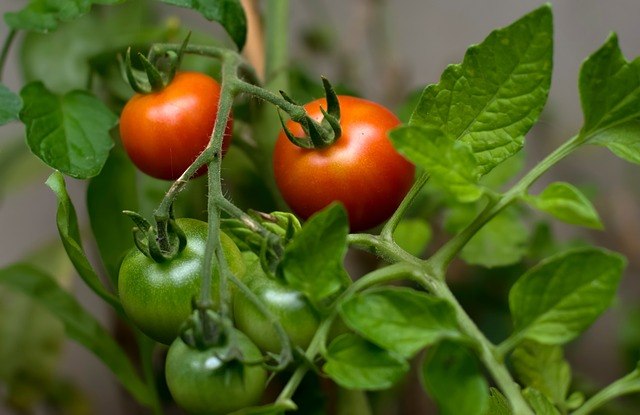For any vegetable gardener, practicing crop rotation is a must. Crop rotation helps optimize the nutrients in your soil, resulting in healthier, happier, more delicious veggies.
In this article, we’ll look at the general rules of crop rotation, and then offer a few suggestions on what to plant after tomatoes. But first, let’s walk through the benefits of crop rotation in more detail.

Benefits of crop rotation
Crop rotation has long been used by farmers and home-gardeners to enhance the quality – and quantity – of their produce. Why? Because crop rotation prevents the soil from becoming overly depleted in certain nutrients.
If you grow the same crop season after season in the same patch of garden, your soil will begin to deteriorate, and will no longer be able to support proper growth. If, on the other hand, you practice crop rotation, each subsequent crop will replenish the soil with lost nutrients.
In addition to happier, healthier vegetables, crop rotation can protect your produce against nematodes and disease.
The rules of crop rotation
In its simplest form, crop rotation involves planting an above-ground crop, followed by a below-ground crop. Rotating the four crop groups listed below will yield even better results. These groups are:
- Solanaceous crops, including tomatoes, potatoes, peppers, eggplants, and chillies
- Cruciferous crops, including broccoli, cabbages, cauliflower, and kale
- Root crops, including carrots, parsnips, turnips, and beetroots
- Leguminous crops, including all beans and peas
Cucurbitaceous crops (pumpkins, cucumbers, melons), and other miscellaneous crops (leeks, spinach, celery, artichokes, lettuce) can usually be planted at any time.
To make the most of crop rotation, plan ahead. Make a note of what you will plant throughout the year, and where. That way, you can use the above categories to make the most of your soil’s nutrients.
What you should plant after tomatoes

Red Food Crops Tomato Leaves Green Fresh Fruit
After a successful tomato crop, plant a leguminous crop, such as standard green beans or sweet snow peas. Legumes tend to add nitrogen to the soil, which is ideal after growing tomatoes. To reap the full benefits, allow some legume plants to die and rot into the soil.
One final tip
Do keep in mind that, when growing solanaceous crops, avoid planting different types in the same spot within a three-year period. That might sound like a lot of planning, but the results will be well-worth the effort.
How to grow the best ever tomatoes
Crop rotation is just one of the vital steps that goes into growing the best ever tomatoes. To learn more about growing the super-healthy, super-delicious tomatoes, check out the international best-seller, How to Grow Juicy Tasty Tomatoes.

Annette Welsford is the co-author and publisher of international best sellers - How to Grow Juicy Tasty Tomatoes, How to Grow Great Potatoes, and Companion Planting and Natural Pest Control. Annette provides vegetable gardening tips on her blog http://growingveggies.com

